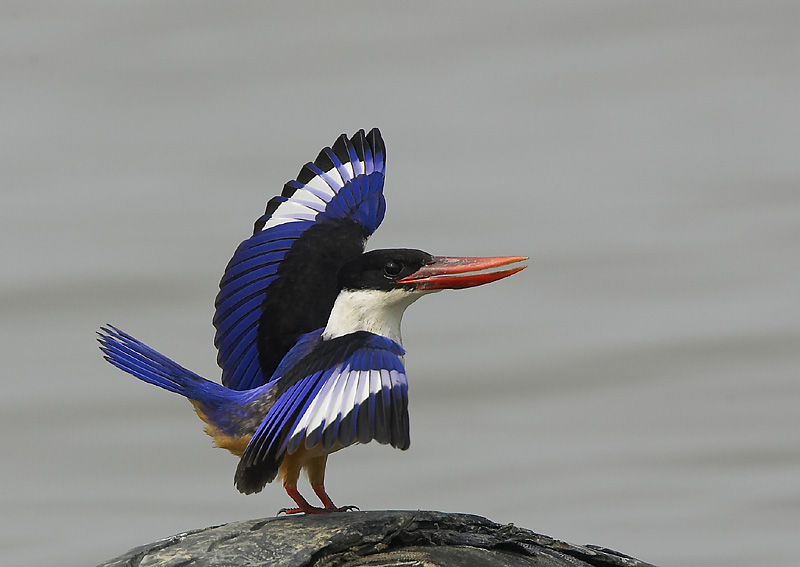More commonly known as Big Foot, ‘Ancestral Goa’ is a ‘Center for preservation of Art, Culture and Environment’ created by Maendra Jocelino Araujo Alvares and situated in the small village of Loutolim in South Goa.
At the entrance, you see a bronze statue of a guard and an elaborate door and wall decoration. Once inside, you see that the uniqueness of Big Foot Lutolim lies in the fact that it is an open-air museum that recreates Goan rural life as it was hundreds of years ago. You can choose to visit the art gallery, that showcases work done by local children and artisans, a handicraft centre with locally produced Goan artifacts, a restaurant, a cross, a spring, a bird habitat, a spice yard and much more. The model village also includes a variety of miniature houses showcasign the traditional occupation and social classes that existed a century ago – from fishermen, Goan artisans, farmers, liquors shops to village markets and even a feni distillery.
From the dream of Maendra Alvares to the major tourist attraction that it is today, Big Foot Lutolim has certainly come a long way since it opened in 1995. Today, not just tourists – both Indian and European – but artists, students, teachers, nature lovers, environmentalists and others are among the visitors.
Maendra began Big Foot Lutolim with a barren hill covered with shrubbery and thorny bushes and it is quite amazing to see the metamorphosis into a world famous terraced and landscaped parkland. Although Maendra could have sold off the 9 acres of land to land developers and lived a life of luxury like many other Goans, he chose instead to invest precious time and money to create Big Foot Lutolim. His aim was to create a treasure-house of artifacts as well as recreate the traditions and culture of Goa for future generations to see and learn. In recognition, the Goan Government deemed Big Foot as the “Most Innovative and Unique Project in India’s Tourism Industry” while the Goan State Department of Education called it a “Very Educative Centre” for students.
Have you been to Big Foot Lutolim ? What was your favourite part of the open air museum ? Let me know in the comments…
Photo Credit: http://photos.igougo.com/images/p222622-Ancestral_Goa.jpg



